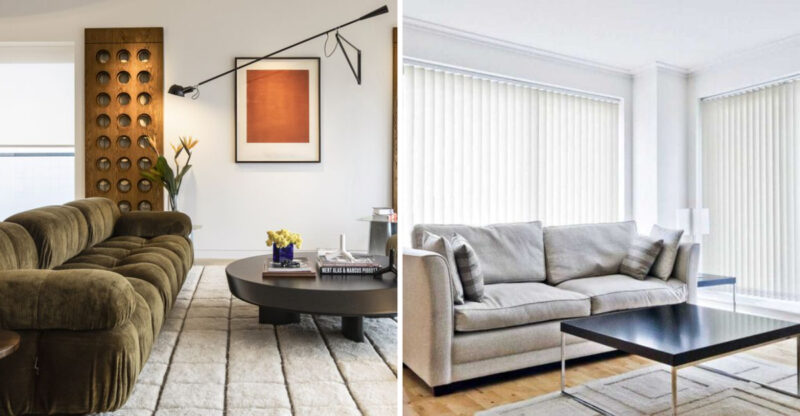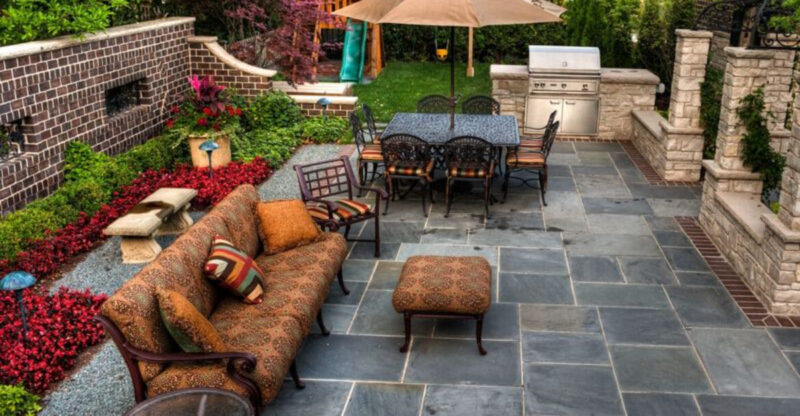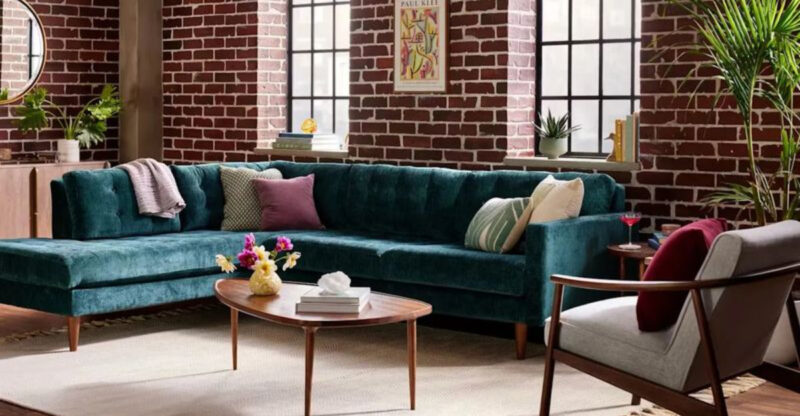13 Kitchen Traits In Tucson Houses That Designers Believe Might Affect Buyer Decisions
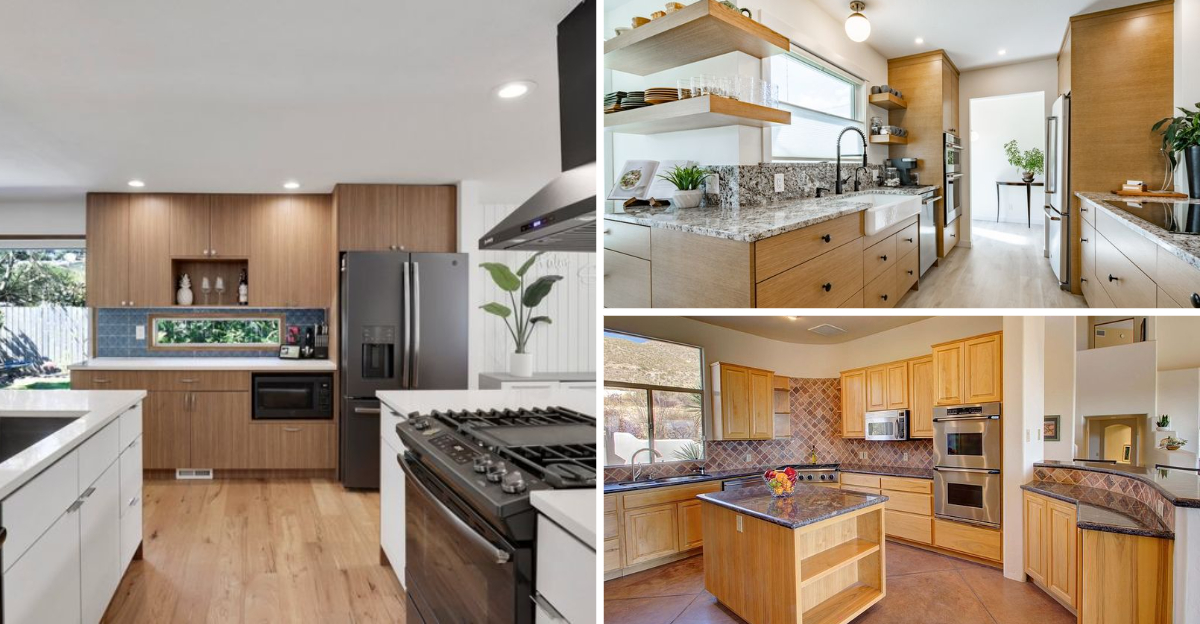
Walking into a Tucson kitchen can make or break a home sale in just seconds. In our desert city’s competitive real estate market, kitchens carry tremendous weight in buyer decisions.
Local designers have identified specific kitchen characteristics that consistently influence potential buyers when they’re touring homes in our unique Southwestern market.
1. Poor Lighting
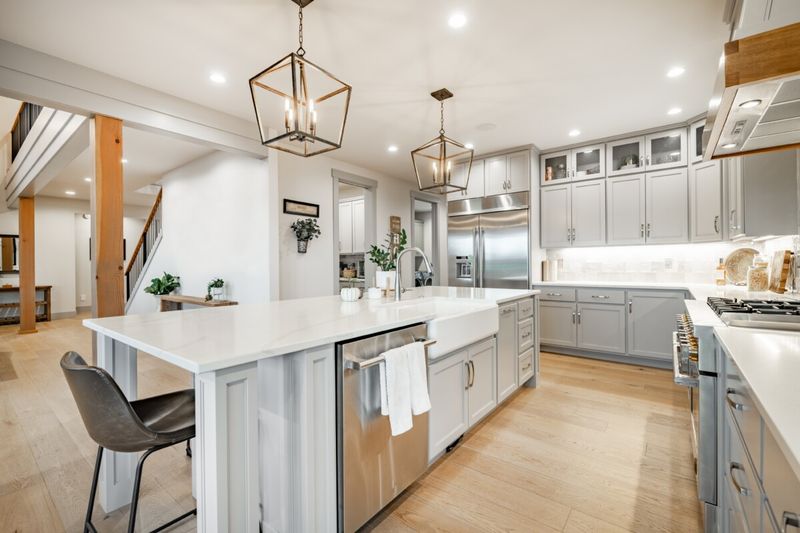
Dim kitchens drive buyers away faster than almost any other feature. In Tucson’s sunny climate, homeowners expect brightness that complements our desert lifestyle.
Recessed lighting has become a must-have, while pendant fixtures above islands create both functionality and style points. Under-cabinet lighting isn’t just decorative anymore it’s practically essential for food prep areas.
Many local designers recommend layered lighting schemes that combine ambient, task, and accent lighting. Buyers frequently comment on kitchen brightness during home tours, making this seemingly small detail a major selling point or deal-breaker in our market.
2. Cluttered Countertops
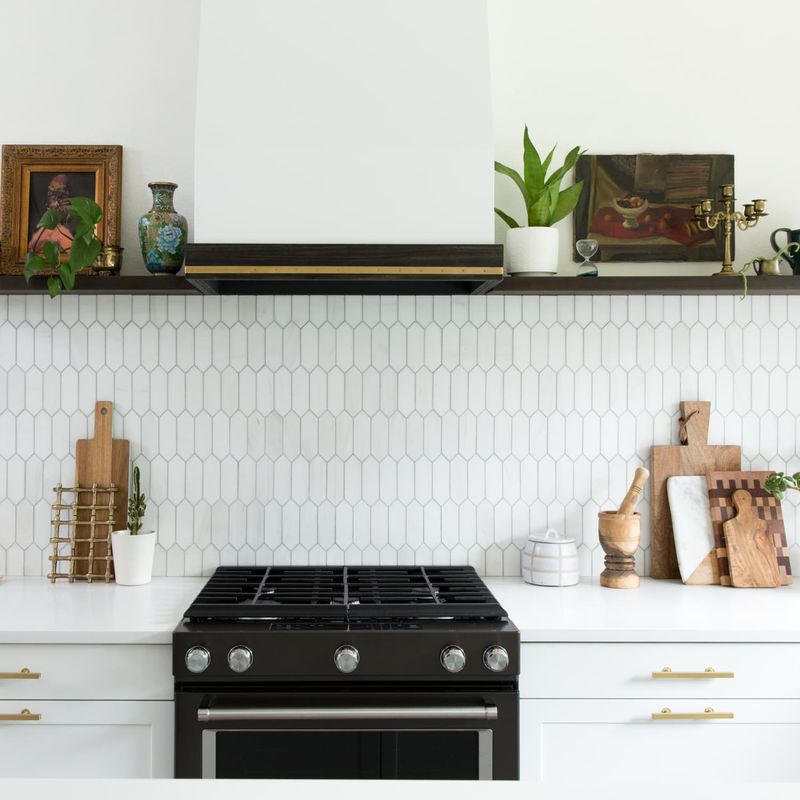
Nothing sends potential buyers running faster than overcrowded kitchen surfaces. When countertops disappear under appliances, mail piles, and random objects, the entire kitchen feels smaller and less functional.
Tucson designers consistently recommend clearing at least 80% of counter space before showings. This visual openness helps buyers envision their own cooking habits in the space. Counter clutter particularly affects buyer perception in smaller kitchens common in older Tucson neighborhoods.
Visible workspace ranks among buyers’ top priorities, especially for those who entertain or cook frequently. Even beautiful granite or quartz can’t shine when buried under coffee makers, blenders, and miscellaneous kitchen gadgets.
3. Outdated Cabinet Hardware
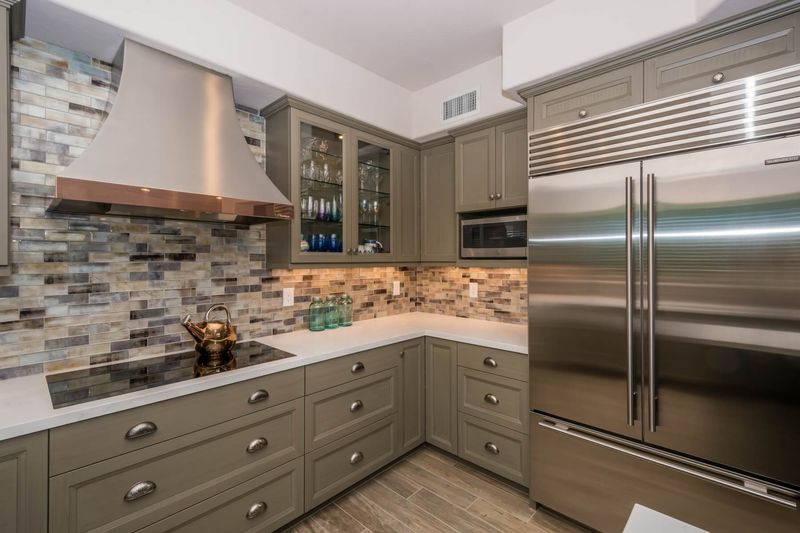
Those tarnished brass pulls from the 1990s might seem insignificant, but they’re secretly sabotaging your kitchen’s appeal. Hardware functions as kitchen jewelry, immediately signaling whether a space feels current or trapped in time.
Tucson designers note that swapping dated hardware represents one of the most affordable yet impactful kitchen upgrades. Modern matte black, brushed nickel, or aged bronze options can transform cabinets without a full renovation. This small change delivers significant return on investment when selling.
Hardware style should complement the home’s architectural character contemporary for modern builds, Southwestern for adobe-inspired homes. Mismatched or broken pulls create an impression of neglected maintenance throughout the property.
4. Faded Tile Backsplash
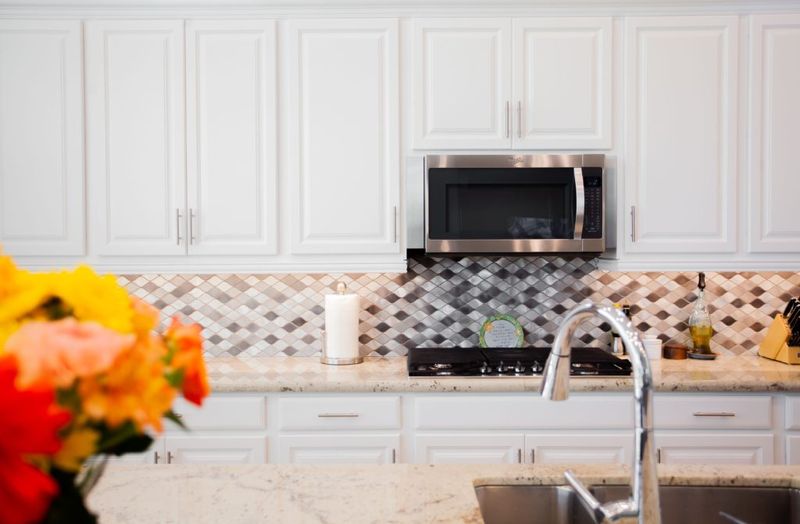
Sun-bleached tile backsplashes tell a tale of neglect in Tucson kitchens. Our intense desert sunlight fades colors dramatically over time, turning once-vibrant tiles into washed-out shadows of their former glory.
Local designers report that dated backsplashes particularly those featuring fruit motifs, country themes, or 4×4 beige squares consistently trigger negative reactions from today’s buyers. Modern Tucson homebuyers gravitate toward clean subway tiles, geometric patterns, or subtle Southwestern-inspired designs that won’t quickly become dated.
Cracked grout lines or missing tiles further compound the problem by suggesting potential moisture issues. A fresh backsplash installation typically costs under $1,000 but can dramatically transform buyer perception of the entire kitchen.
5. Unsealed Grout
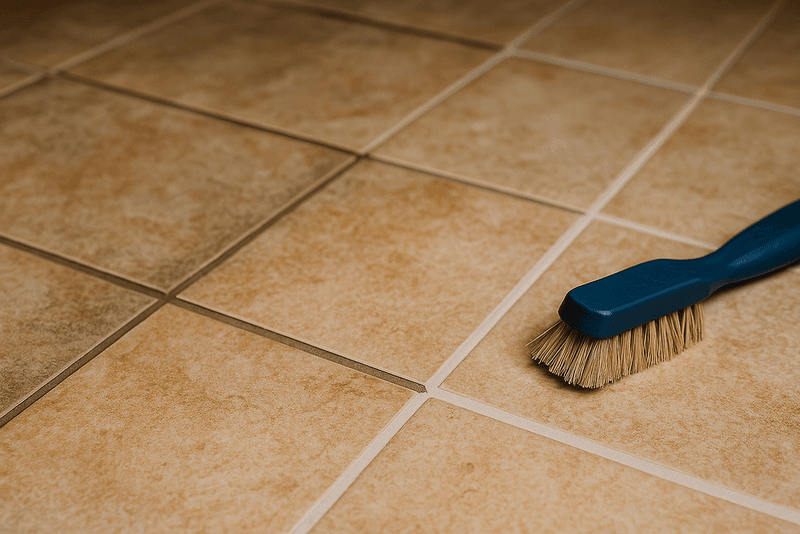
Discolored, stained grout lines between tiles create an immediate impression of uncleanliness that’s hard to overcome. In Tucson’s hard water areas, unsealed grout quickly absorbs minerals and food stains, creating permanent discoloration.
Many buyers run their fingers along grout lines during showings a subtle test of home maintenance. Professional designers recommend fresh grout sealing before listing a home, as this simple step dramatically improves visual appeal. White or light-colored grout shows stains most prominently, making proper sealing even more critical.
Beyond aesthetics, unsealed grout in Tucson’s monsoon climate can allow moisture penetration behind tiles, potentially leading to more serious issues. Savvy buyers recognize this warning sign of deferred maintenance.
6. Worn Flooring
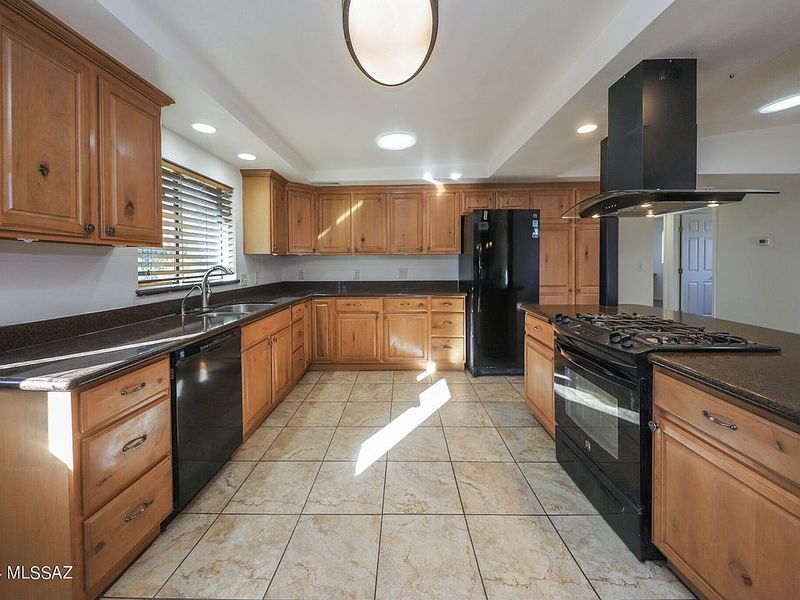
Scratched, dented, or peeling kitchen floors immediately devalue Tucson homes in buyers’ eyes. As the highest-traffic area in most households, kitchen flooring endures constant abuse from foot traffic, spills, and desert sand.
Local designers note that luxury vinyl plank has become increasingly popular for our climate, offering durability against Tucson’s temperature fluctuations while providing realistic wood-look appeal. Ceramic tile remains a classic desert choice for its cooling properties and resistance to moisture.
Flooring transitions matter tremendously awkward changes between rooms create visual choppiness. When flooring shows visible wear patterns, potential buyers mentally add replacement costs to their offer, often overestimating the actual expense and reducing their bid accordingly.
7. Visible Appliance Cords
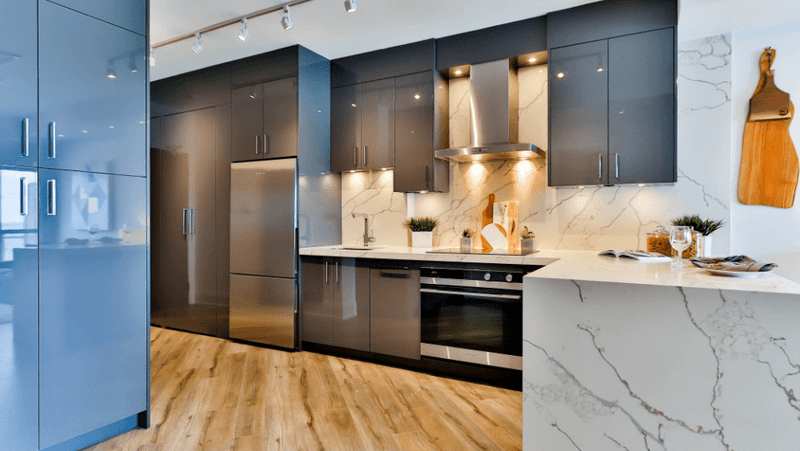
Dangling cords create visual chaos that subtly signals poor kitchen planning. When power cables snake across countertops or hang visibly from mounted microwaves, the entire kitchen feels unpolished and haphazard.
Tucson designers frequently recommend simple cord management solutions before home showings. Strategic outlet placement during renovations can eliminate this issue entirely. Buyers consistently respond negatively to tangled cords, even when they can’t articulate exactly why the kitchen feels disorganized.
Hidden charging stations for devices have become increasingly important as technology infiltrates cooking spaces. Homes with thoughtful cord management solutions like appliance garages or built-in charging drawers stand out positively in Tucson’s competitive market, where attention to detail often determines which properties receive multiple offers.
8. Heavy Tuscan Decor
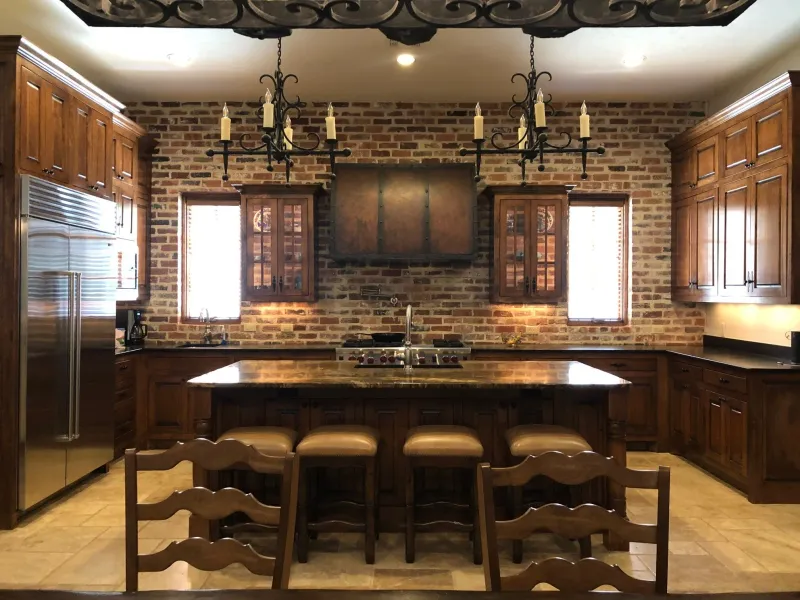
Once the pinnacle of Tucson kitchen fashion, heavy Tuscan-inspired decor now dates homes immediately. Dark cherry cabinets, ornate corbels, and faux-finished walls scream early 2000s to today’s buyers seeking cleaner aesthetics.
Younger homebuyers particularly reject the Mediterranean villa look that dominated Tucson’s luxury builds fifteen years ago. Local designers report that homes with this dated style linger on the market significantly longer than updated properties.
The good news? Simple changes like painting dark cabinets, removing decorative grape motifs, and replacing scrolled hardware can modernize these kitchens affordably. Tucson’s design aesthetic has evolved toward lighter, airier spaces that complement our desert surroundings rather than importing a heavy European look disconnected from our landscape.
9. Inconsistent Finishes
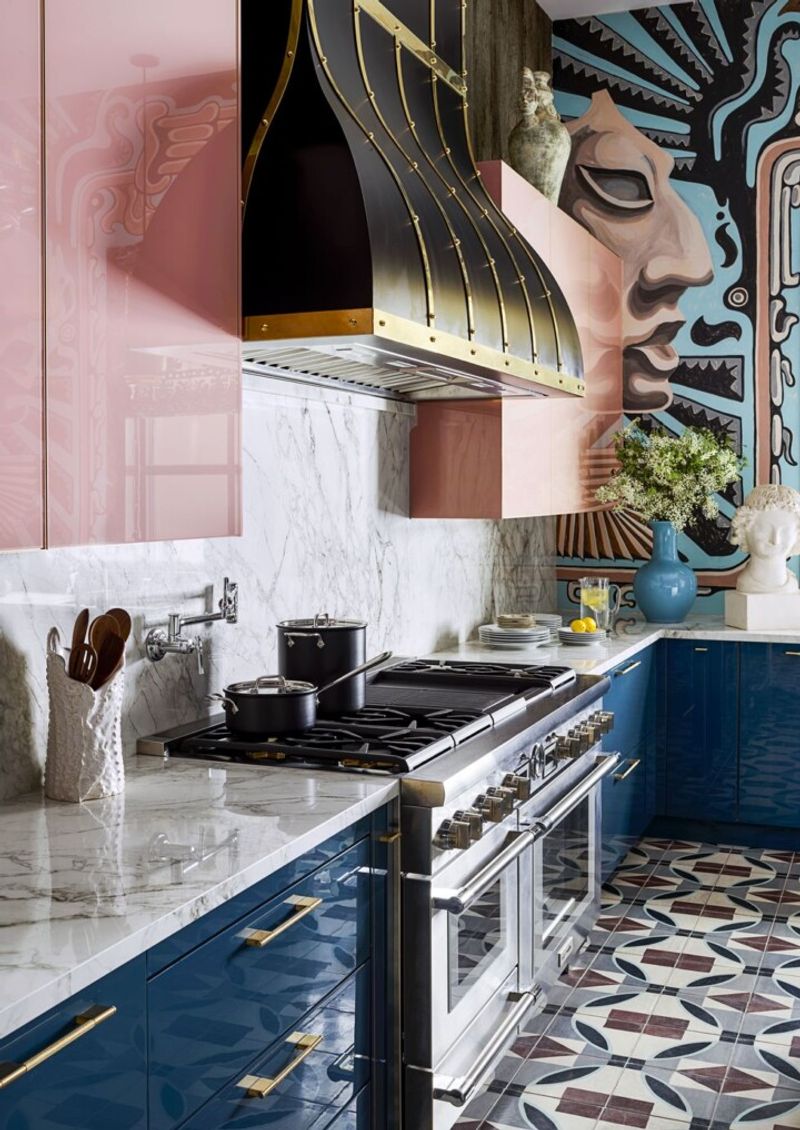
Mixing metals and finishes creates visual confusion that sophisticated buyers notice immediately. When cabinet hardware, faucets, light fixtures, and appliances feature competing finishes stainless alongside brass, nickel with copper the kitchen lacks cohesive design vision.
Tucson designers emphasize that consistency signals thoughtful planning. Partial upgrades often create this problem when homeowners replace items individually without considering the overall aesthetic. The trend toward intentional mixed metals requires expert execution to appear deliberate rather than haphazard.
Buyers frequently perceive inconsistent finishes as a sign they’ll need to undertake expensive renovations. In Tucson’s luxury market particularly, design coherence commands premium prices. Even budget-conscious shoppers respond more positively to kitchens where all elements speak the same visual language.
10. Cramped Layout
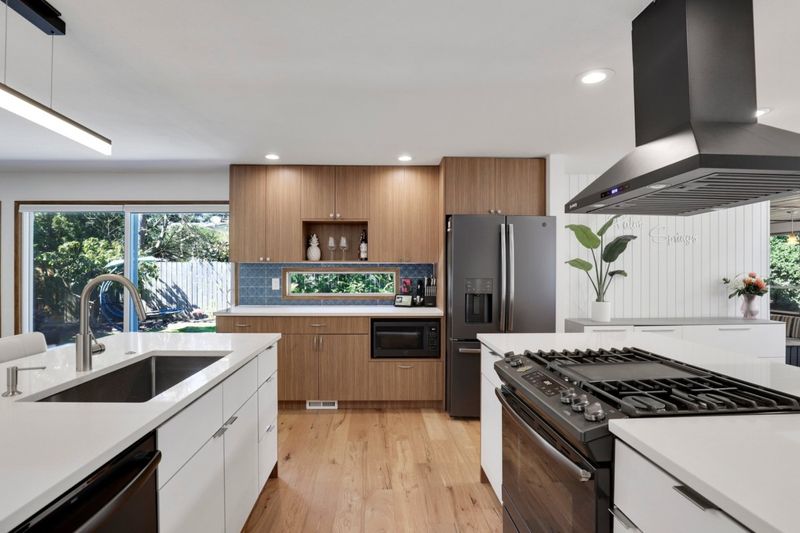
Tight kitchen circulation patterns frustrate potential buyers instantly. When family members must perform an awkward dance just to navigate around each other, the space feels functionally obsolete regardless of aesthetic updates.
Tucson’s older homes often suffer from closed-off kitchens that conflict with modern living preferences. Designers recommend maintaining at least 36 inches of clearance between opposing countertops 42 inches in premium properties. The work triangle (sink-refrigerator-stove) should flow efficiently without obstacles.
Even small kitchens can feel spacious with proper layout planning. Removing non-load-bearing walls to create connection with dining or living areas ranks among the highest-ROI renovations in our market. Buyers consistently prioritize open-concept designs that facilitate conversation while cooking.
11. Low Ventilation
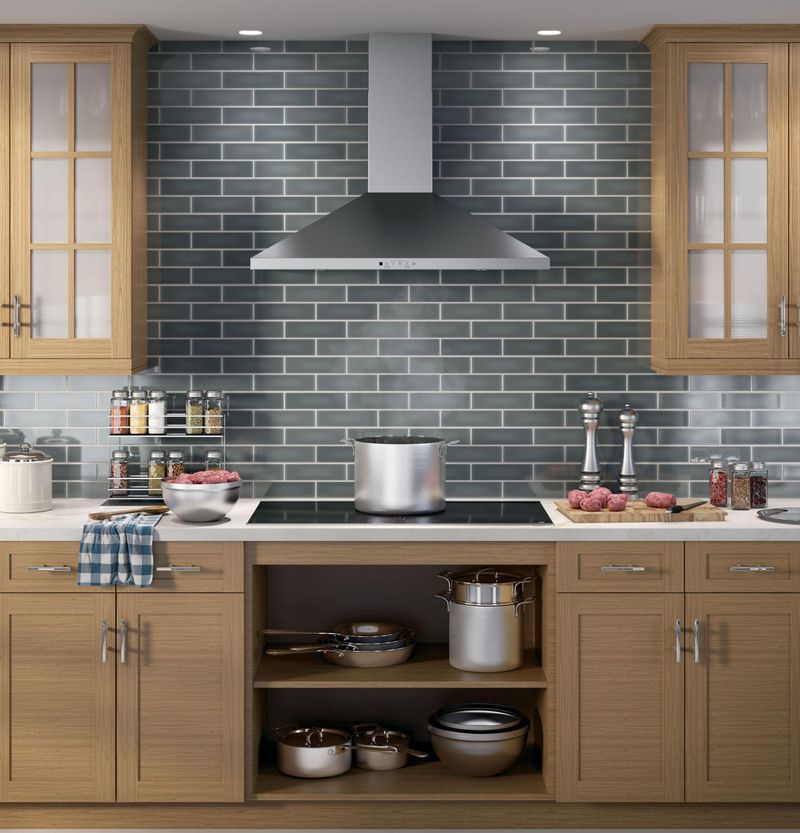
Inadequate range hoods spell trouble in Tucson’s cuisine-diverse market. When powerful ventilation is missing, cooking odors linger throughout the home a major turnoff during showings.
Our region’s love for spicy Southwest flavors and year-round grilling demands proper air handling. Designers note that recirculating microwaves simply cannot replace true exhaust systems. Homes with professional-grade ventilation command premium prices from serious cooks.
Beyond odor control, proper ventilation removes excess moisture and grease that would otherwise accumulate on surfaces. This practical feature has become increasingly important as open-concept designs allow cooking aromas to travel freely throughout living spaces. Buyers frequently test fan noise levels during showings quiet, powerful ventilation signals quality construction.
12. Lack of Storage
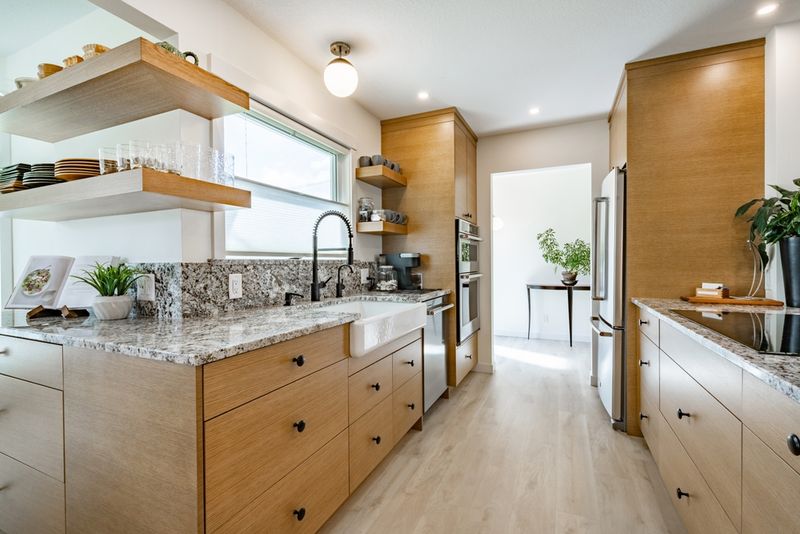
Insufficient cabinet space ranks among buyers’ top kitchen complaints in Tucson homes. When storage feels tight, even beautifully designed kitchens lose appeal as potential owners imagine their belongings overflowing limited space.
Smart solutions like pull-out pantries, vertical dividers for baking sheets, and corner cabinet systems dramatically increase functional storage without requiring additional square footage. Designers recommend removing some upper cabinets to create visual openness only when alternative storage compensates elsewhere.
Many Tucson homes built before 2000 feature cabinets that don’t extend to the ceiling wasting valuable storage space and collecting dust. Extending cabinetry upward provides display areas for decorative items while creating practical storage for seasonal or rarely-used items.
13. No Natural Light

Dark kitchens feel depressing in our sunshine-rich region. Tucson buyers consistently gravitate toward spaces flooded with natural desert light, making windowless kitchen designs particularly challenging to sell.
Homes with kitchen windows facing east capture gentle morning light perfect for breakfast without the harsh afternoon heat. Strategic skylights deliver dramatic illumination while maintaining privacy. Window treatments should maximize light while controlling heat gain a delicate balance in our climate.
When structural limitations prevent adding windows, designers recommend light-reflective surfaces, glass-front cabinets, and strategic mirror placement to amplify available light. Solar tubes offer affordable alternatives to traditional skylights, channeling natural illumination into interior spaces. Buyers consistently rank natural light among their top priorities when evaluating Tucson kitchens.

